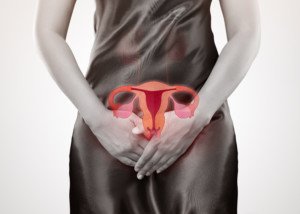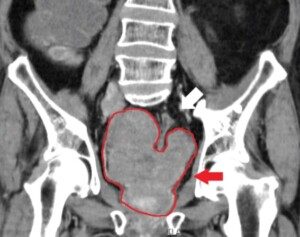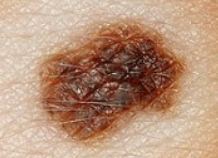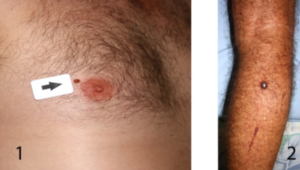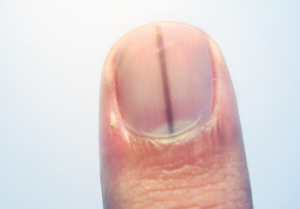
When a woman experiences what she believes to be painful ovulation, she may wonder if this means that an egg has been released from an ovary.
In other words, some women do get very excited over what seems to be a pain during ovulation, foreseeing a chance at pregnancy.
But does it necessarily mean the release of an egg?
“No. While some women do feel pain at the time of ovulation, this does not necessarily mean that the egg was released,” says Daniel Kort, MD, Practice Director of Neway Fertility, one of NYC’s leading fertility centers specializing in customized and affordable natural fertility treatments.
Dr. Kort explains, “There are many ways to ensure ovulation (basal body temperature charts, home urine tests, blood tests after ovulation = ‘day 21 progesterone’) that are better indicators of ovulation.”
BBT Charts: A woman’s body temperature rises slightly (around 0.5°F or 0.3°C) after ovulation due to increased progesterone levels.
By tracking daily temperature changes, women can identify the point when ovulation has occurred, as temperatures will remain elevated for the second half of the cycle.
Home Urine Tests: These tests detect the surge of luteinizing hormone (LH), which precedes ovulation by about 24-48 hours.
A positive test indicates that ovulation is likely to occur soon, helping to time intercourse for conception.
Blood Tests (Day 21 Progesterone): A blood test performed around day 21 of a typical 28-day cycle measures progesterone levels.
A high progesterone level indicates that ovulation has occurred, as progesterone is produced after the release of an egg.




